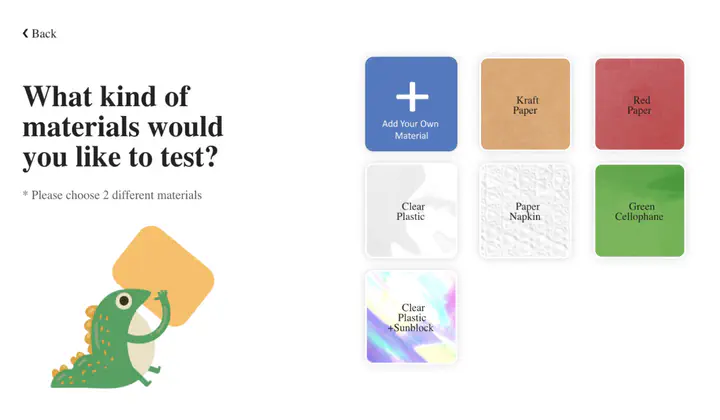
Abstract
Scientific inquiry involves prediction, observation and explanation (POE) of phenomena and data. Appropriate guidance through these steps is essential for helping students learn and form positive attitudes towards science. Sensor-based education toolkits are becoming a popular way to provide this guidance, but they typically present different interfaces for measurement and learning materials which places a high cognitive demand on learners. To address this challenge, we developed a web application to integrate the scientific inquiry method where students are guided step-by-step, using a scaffolded-learning approach, through slide-based worksheets that provide direct interaction with real-time sensor measurements. We evaluate this approach through a qualitative analysis of data collected from two field studies in classrooms with a total of 42 students. We show that our approach encouraged positivity and further learning in science. Students displayed and expressed interest to conduct science experiments outside of class. We identify design implications for seamless learning, storytelling and integration of POE guided scientific inquiry with sensor-based toolkits.